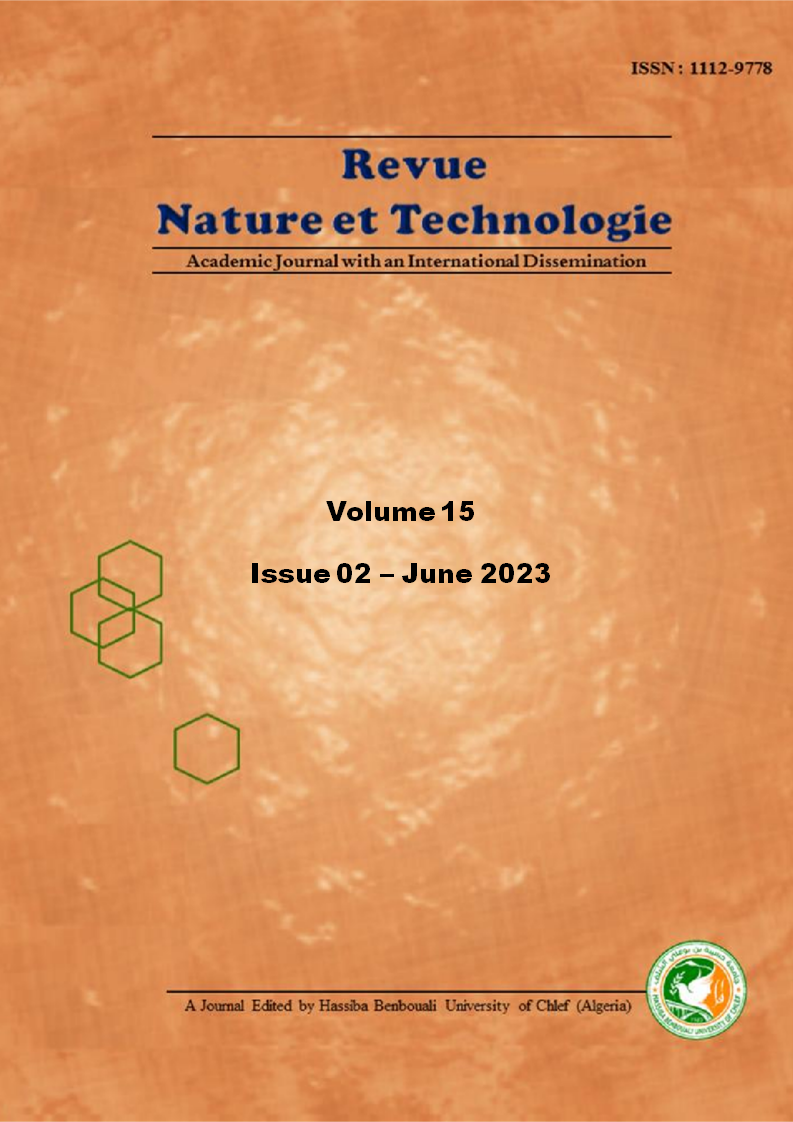Air layering of three agroforestry species in the Guinean savannah highlands of Adamawa in Cameroon
Abstract
Ximenia americana, Vitex doniana and Lophira lanceolata are species prized by the populations of the Guinean savannah highlands of Cameroon. They are unfortunately still in the wild where they are subjected to various pressures. From the perspective of the conservation and enhancement of local biodiversity, their domestication appears necessary. The objective of the work is to study the vegetative propagation by air layering of these fruit trees. The experimental device used is a split-split-plot with three repetitions. Species represents the main treatment; the substrates constitute the secondary treatment while the covering of the layers with aluminum foil represents the tertiary treatment. The experimental unit was 30 layers. The rooting rate of layers varies significantly (0.000<0.001) from 48.88±1.89% in Ximenia americana to 81.38±2.08% in Lophira lanceolata. Sphagnum was the best substrate with 69.63±1.38% against 61.66±1.54% for the black soil-sawdust mixture. The analysis of variance reveals a significant difference for the substrates (0.0025<0.01). Covering the layers with aluminum foil presented a rate of 69.44±2.15% while the uncovered layers presented 61.85±1.54%, the analysis of variance shows a significant difference (0,0031<0.01). Lophira lanceolata exhibited the best air layering ability; the rooted layers were weaned and acclimatized for two months before being transferred to the field. During this process 19% and 52% respectively of the layers of Vitex doniana and Ximenia americana flowered. This inexpensive technique is an essential step in the process of their domestication.

Downloads
Published
How to Cite
Issue
Section
License
Copyright (c) 2023 Nature & Technology Journal

This work is licensed under a Creative Commons Attribution 4.0 International License.
- All publications of "Nature & Technology Journal" are available under CC-BY Creative Commons Attribution 4.0 International which allows sharing, copying, reproduction, distribution, communication, reuse, adaptation by all means, in all formats and under all licenses.
- Any exploitation of the work or derivative works, including for commercial purposes, is possible. The only obligation is to credit the creators of the authorship of the original works, to indicate the sources and to indicate if modifications were made to the works (obligation of attribution).
This License gives:
- Nature & Technology Journal the right to develop, promote, distribute and archive the article set cited above (including, without limitation, the right to publish the work in whole or in part in any form whatsoever) and ensure the widest dissemination.
- The author (s) reserves the right to use all or part of this article, including tables and figures of his own works, providing that the appropriate recognition is given to the publisher as the holder of the copyrights, and the right to make copies of this article for its own use, but not for sale.




